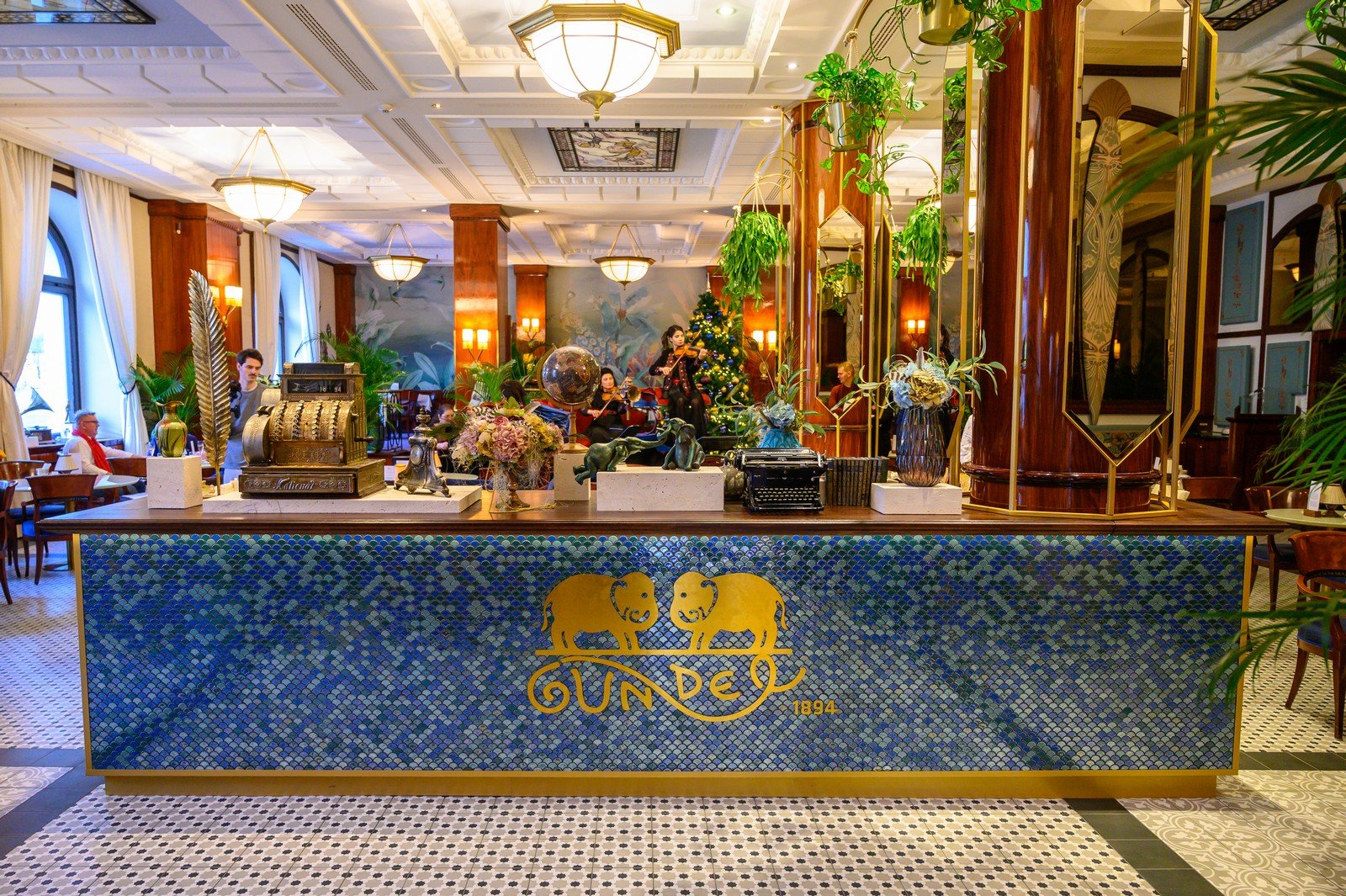
Once again, this restaurant can shine like it once did, with adherence to Károly Gundel’s legendary approach: “we are not cheap, but with us, everyone can find a dish that suits their taste.”Continue reading

As we previously reported, the traditional and impressive Gundel restaurant in Budapest’s City Park next to the zoo, reopened its doors at the beginning of December after a long period of renovation. But what did the restaurant look like in the 50s, 60s, 70s, and 80s? Who used to go there? Who were the chefs? Want to learn more about the restaurant’s garden and interior? Fortepan‘s retro photo series will show you the flair not only of the restaurant but also of the mentioned decades! Join us on a journey through time.
This article was originally published on our sister-site, Ungarn Heute.
Budapest’s Gundel Restaurant (Gundel étterem) was one of the most exclusive restaurants in Europe in the first half of the 20th century and regained this reputation in the 1990s.
The history of the restaurant dates back to the middle of the 19th century, when Johann Gundel, the father of the founder, left his parental home in Ansbach, Bavaria, at the age of 13 to join his relative in Pest. The restaurant was later opened by his son, Károly Gundel.
The dining room of the restaurant is built in the turn-of-the-century style. The restaurant also included a large garden, which according to the contemporary photos, looked like an oasis. The following photos are from 1955.
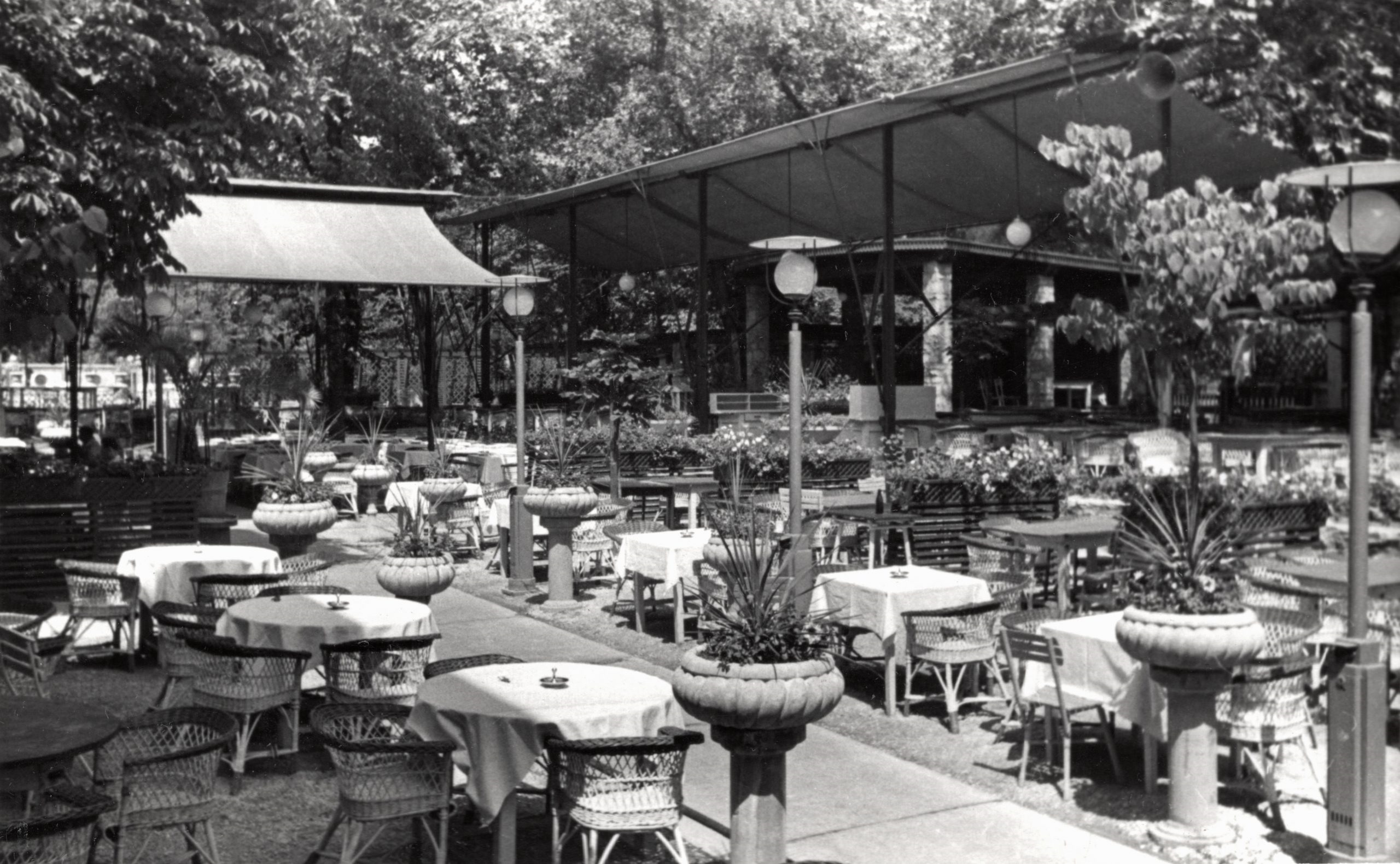
1955. Source: Fortepan / József Samodai / Zuglói Helytörténeti Műhely
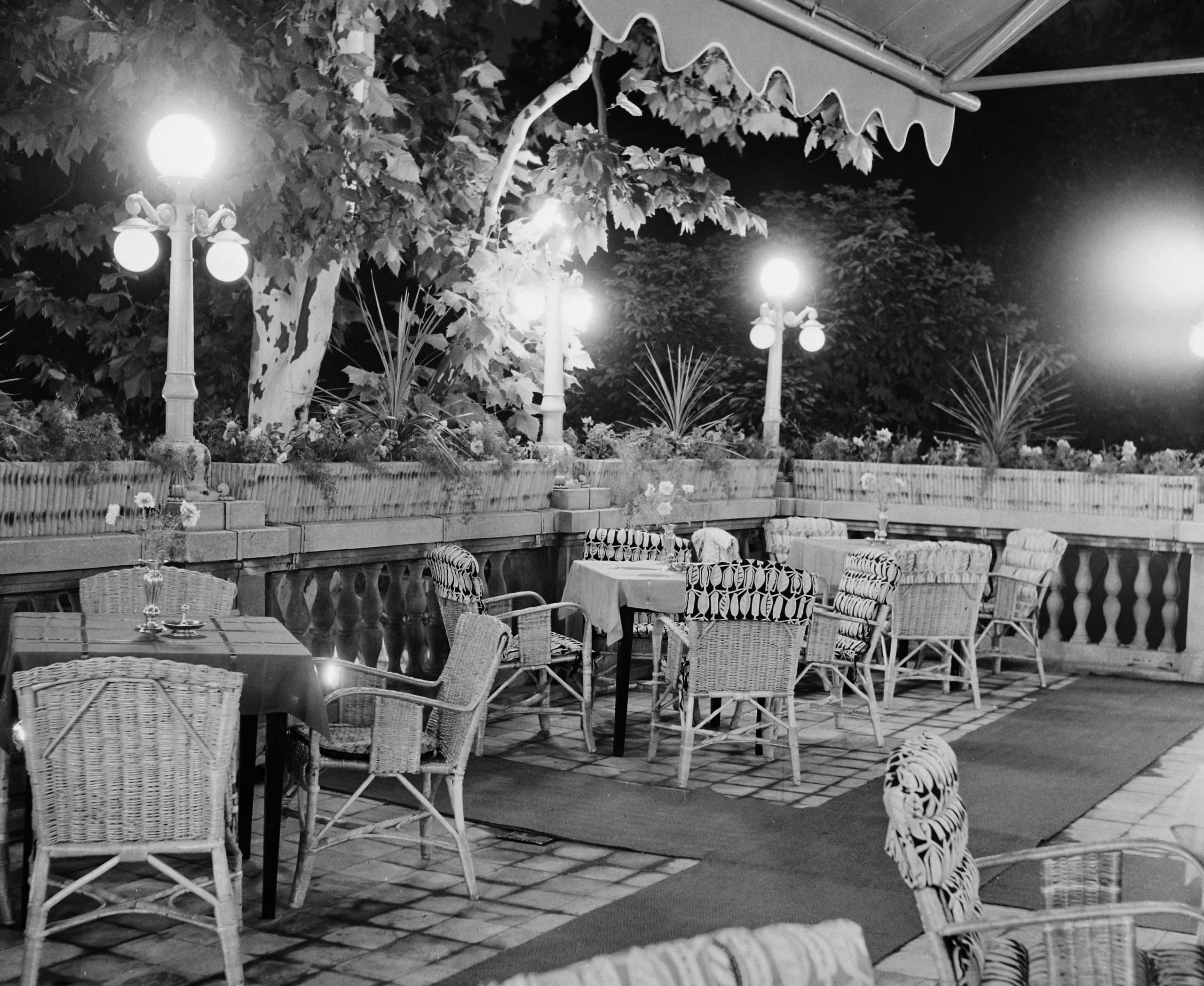
1955. Source: Fortepan / József Samodai / Zuglói Helytörténeti Műhely
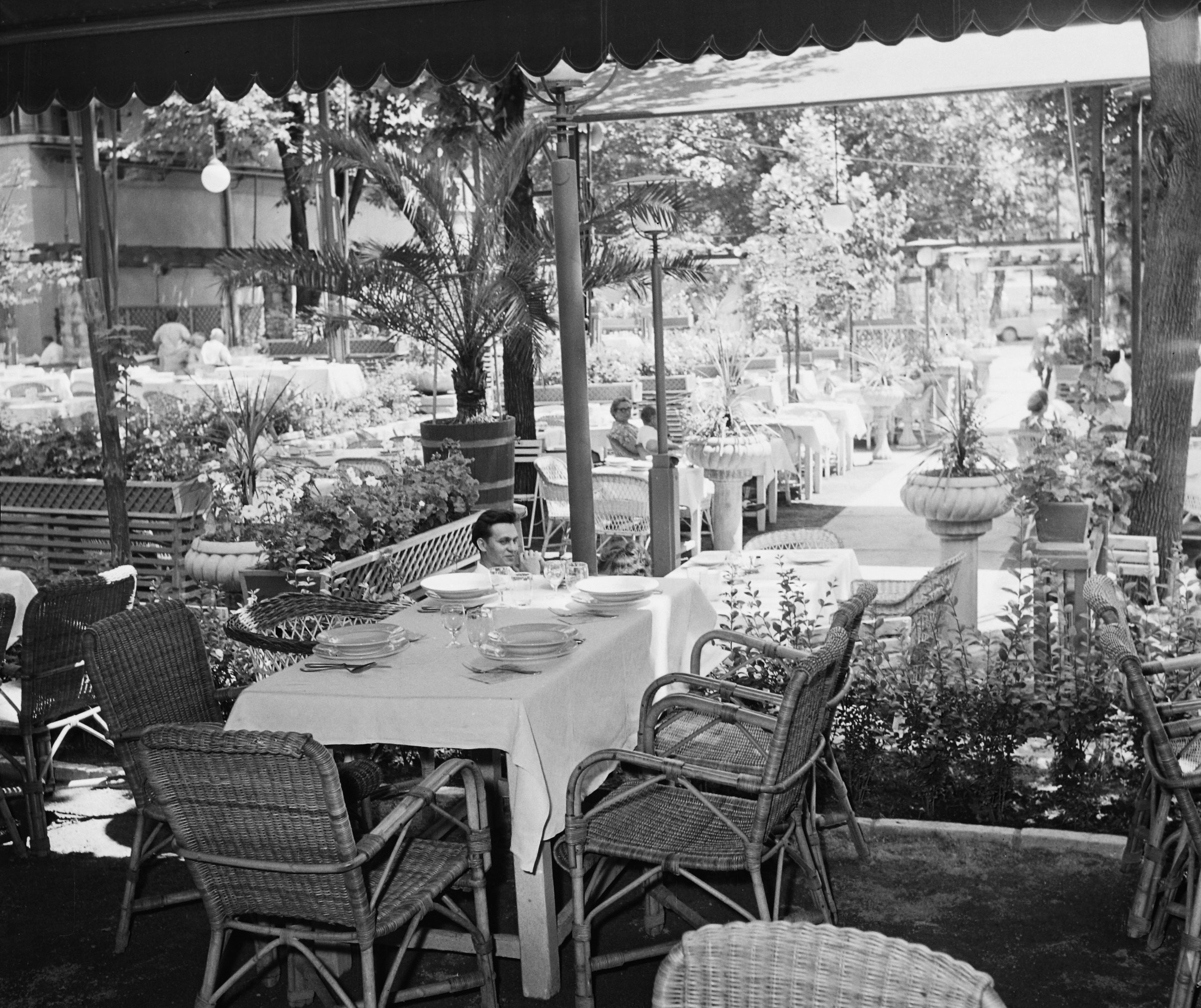
1955. Source: Fortepan / József Samodai / Zuglói Helytörténeti Műhely
“Restaurant Gundel offers a mix of international specialties and traditional Hungarian cuisine,” is written in the description of the restaurant. After all, it is not only today when the menu offers opportunities to dine a la carte at moderate prices, while for example, the five-course Gundel Sonata menu costs over 150 euros per person. A visit to the Gundel was certainly not cheap in the past either, but back then of course the bill was not issued in euros.
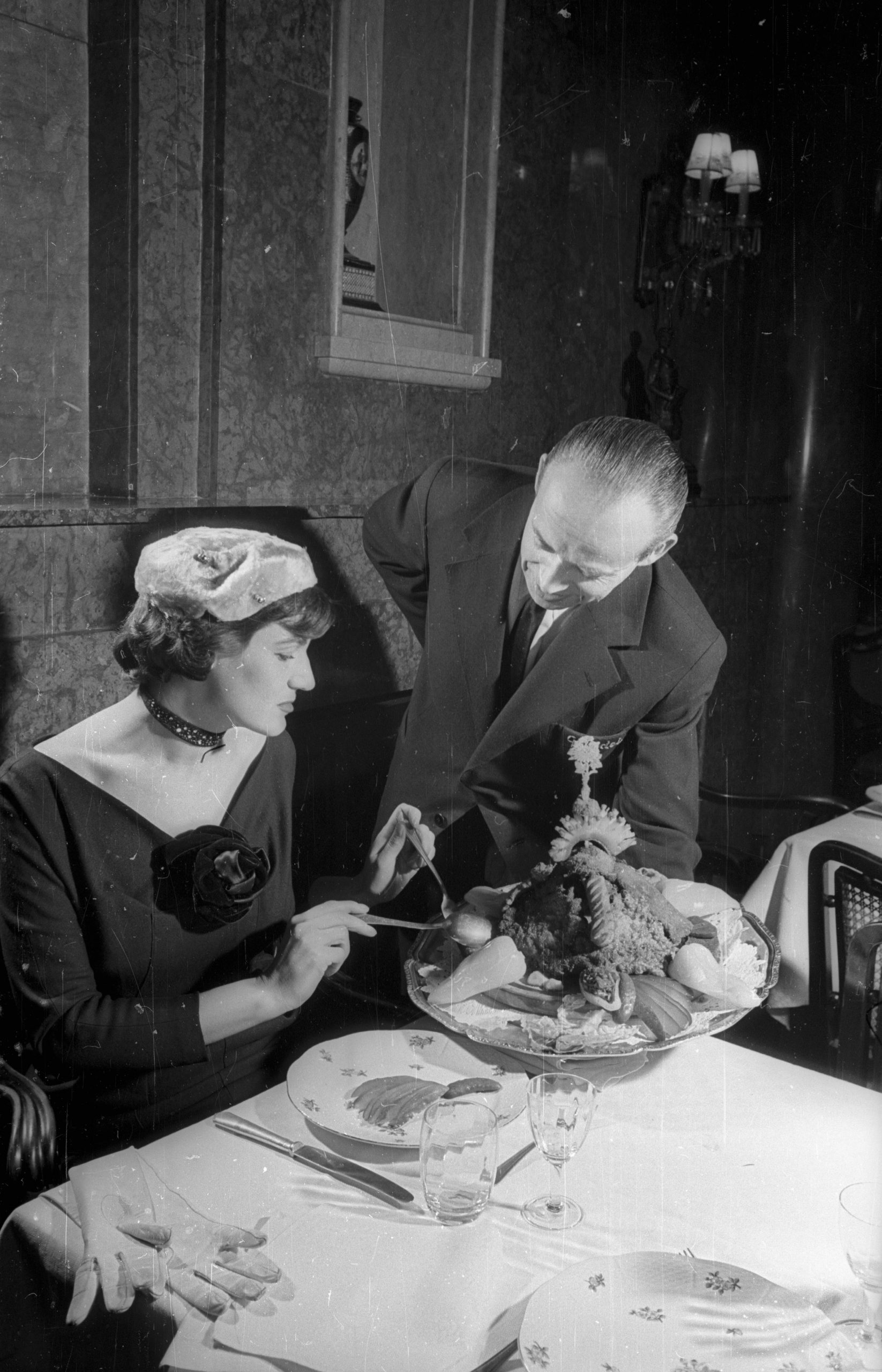
1957. Source: Fortepan / Sándor Bauer
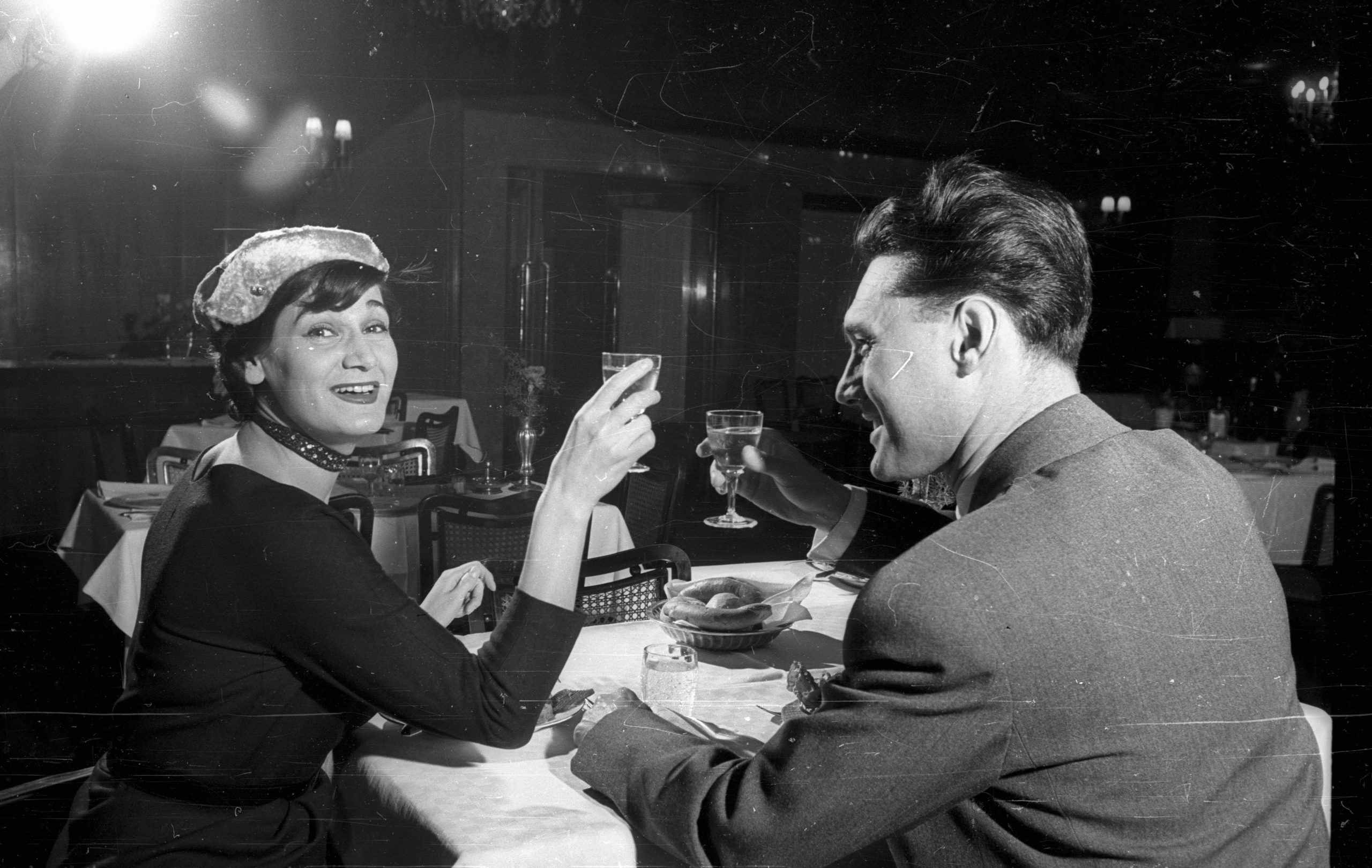
1957. Source: Fortepan / Sándor Bauer
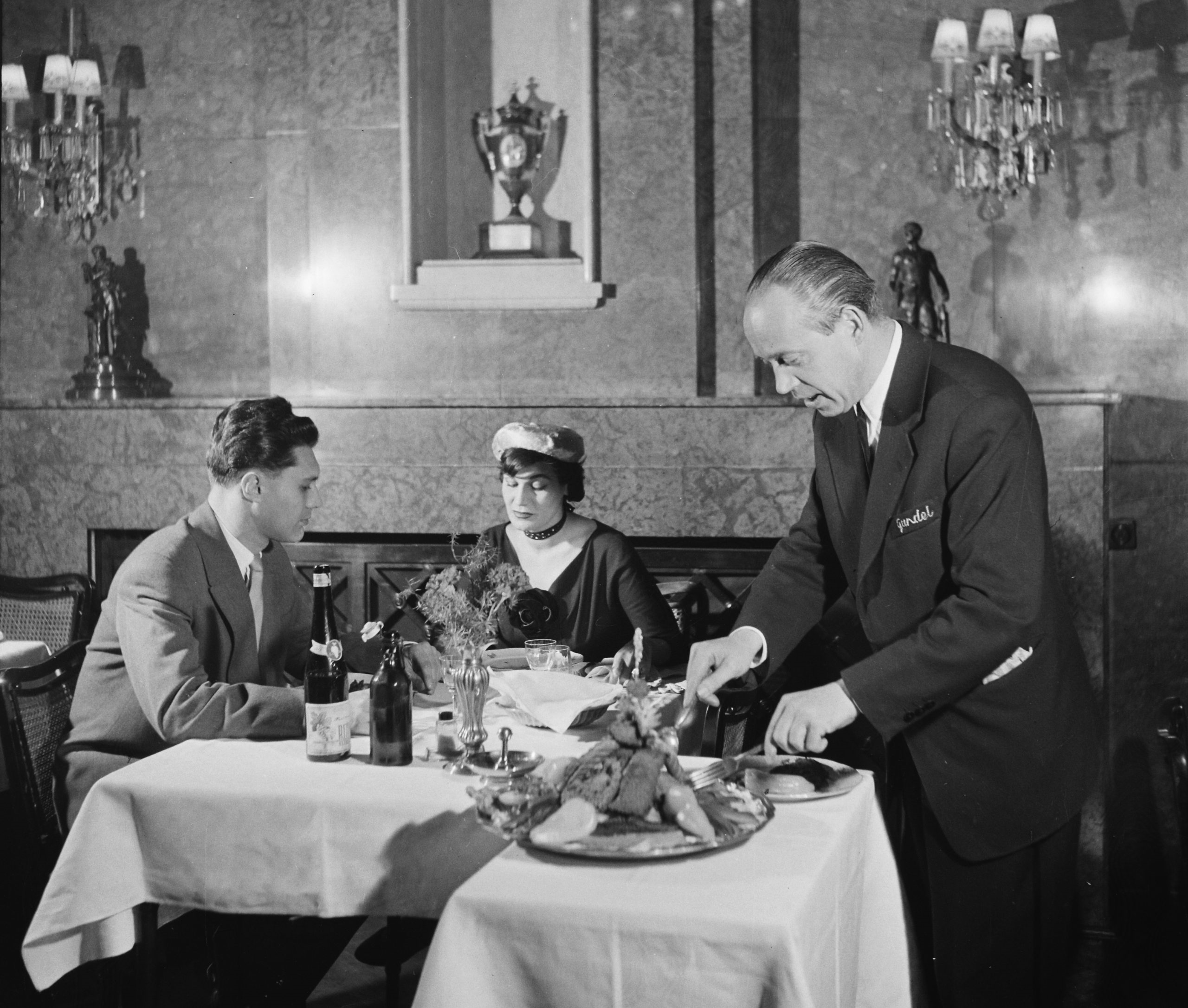
1957. Source: Fortepan / Sándor Bauer
The staircase of the Gundel Restaurant. In the picture below, you can see the opera singer Mária Mátyás. Mária Mátyás was born in Hajdúdorog in 1924. At the beginning of her career, she sang coloratura soprano and then switched to lyric roles. Later she sang the leading dramatic soprano roles with great success. She was one of the most versatile leading sopranos of the opera company. She also participated in the staging of contemporary Hungarian operas. She was a guest performer in almost every major city of Europe.
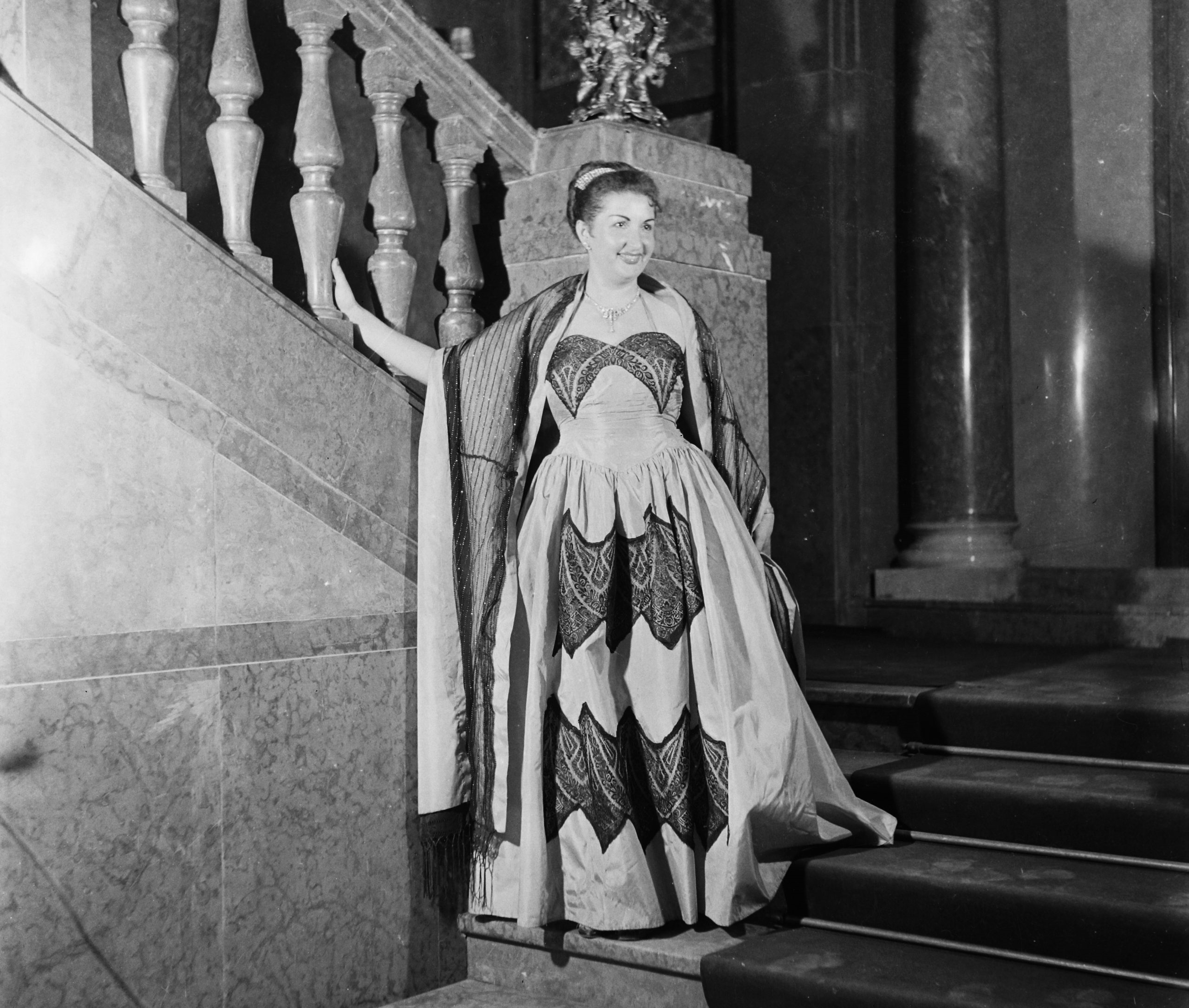
Mária Mátyás in 1957. Photo: Fortepan / Sándor Bauer
In June 2020, a collection of nearly 150,000 photographs, the archive of the Budapest Photographic Society (FŐFOTÓ), had been taken into custody by the Budapest City Archives with the help of Fortepan. The collection contains photographs taken between 1961 and 1993 for companies and other organizations on behalf of FŐFOTÓ. The photographs cover a wide range of events and happenings in the capital and the countryside during this period but also include a large number of factory, business, product, advertising, urban and landscape photographs, as well as portraits.
This is probably how these fashion photographs came into Fortepan‘s collection. They were probably taken for a fashion magazine. Now we can admire not only the Gundel Restaurant in the photos, but also meet the famously beautiful Hungarian women. The photos were taken in the Gundel Restaurant in 1968.
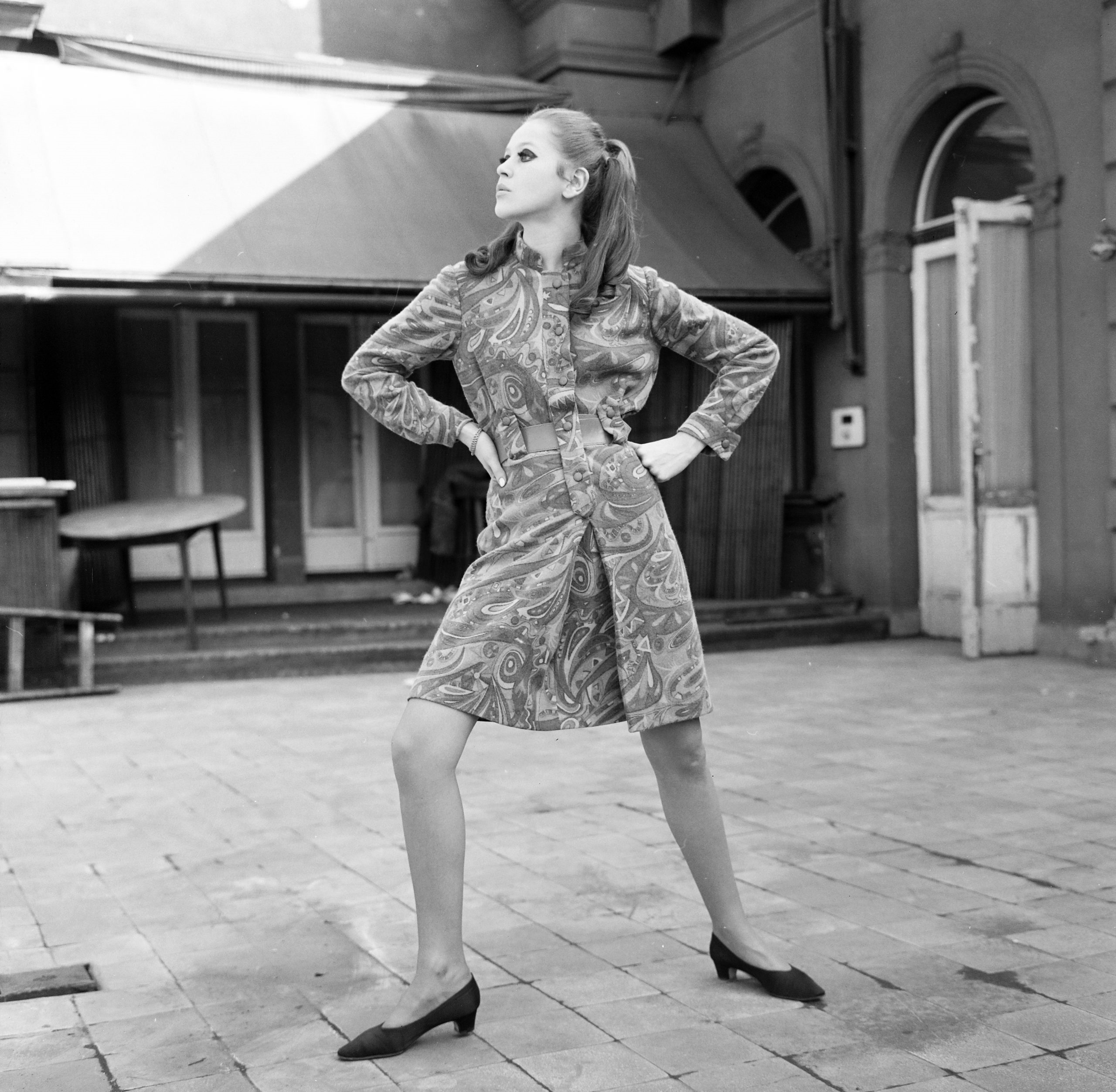
1968. Source: Fortepan / FŐFOTÓ
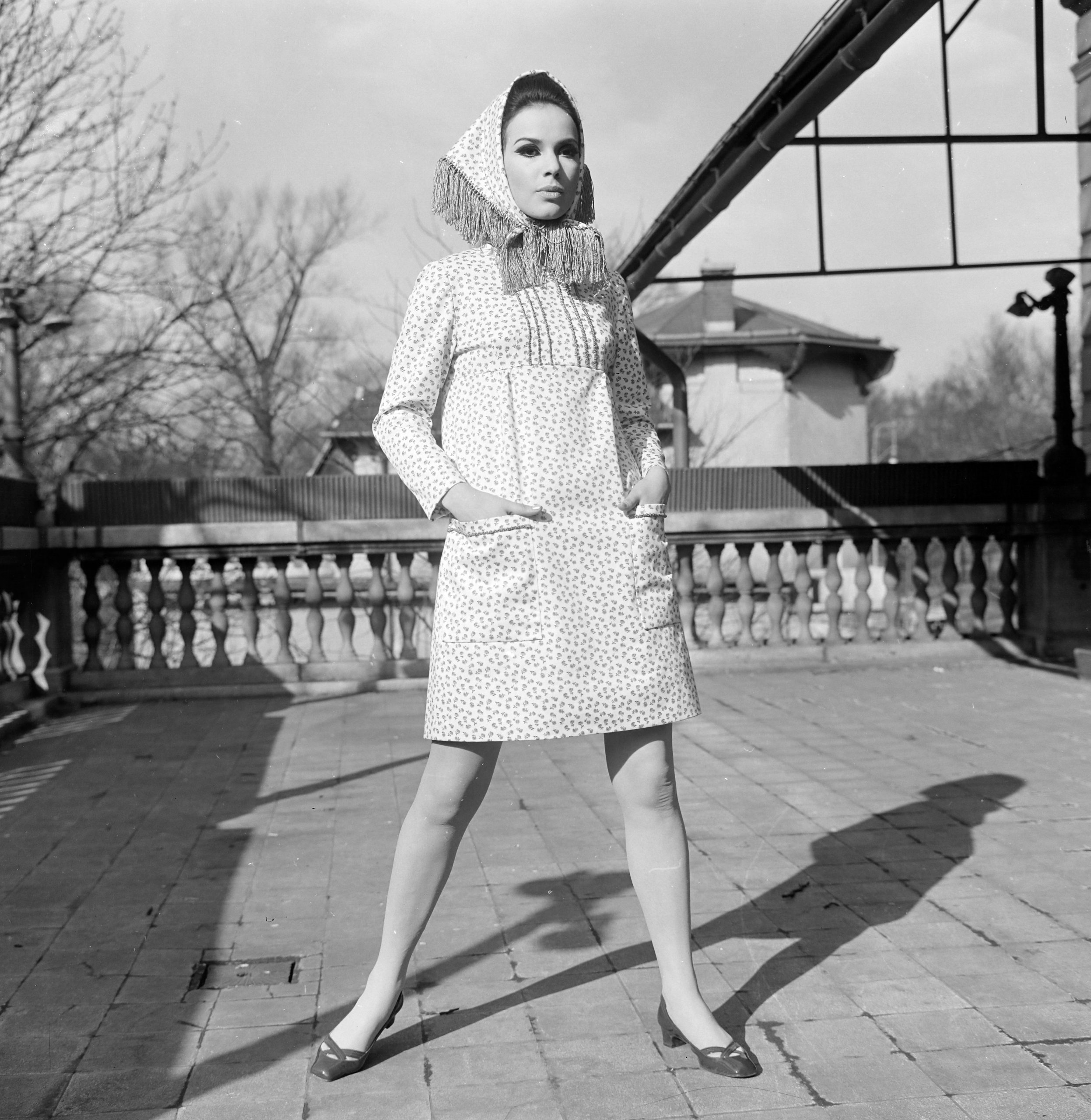
1968. Source: Fortepan / FŐFOTÓ
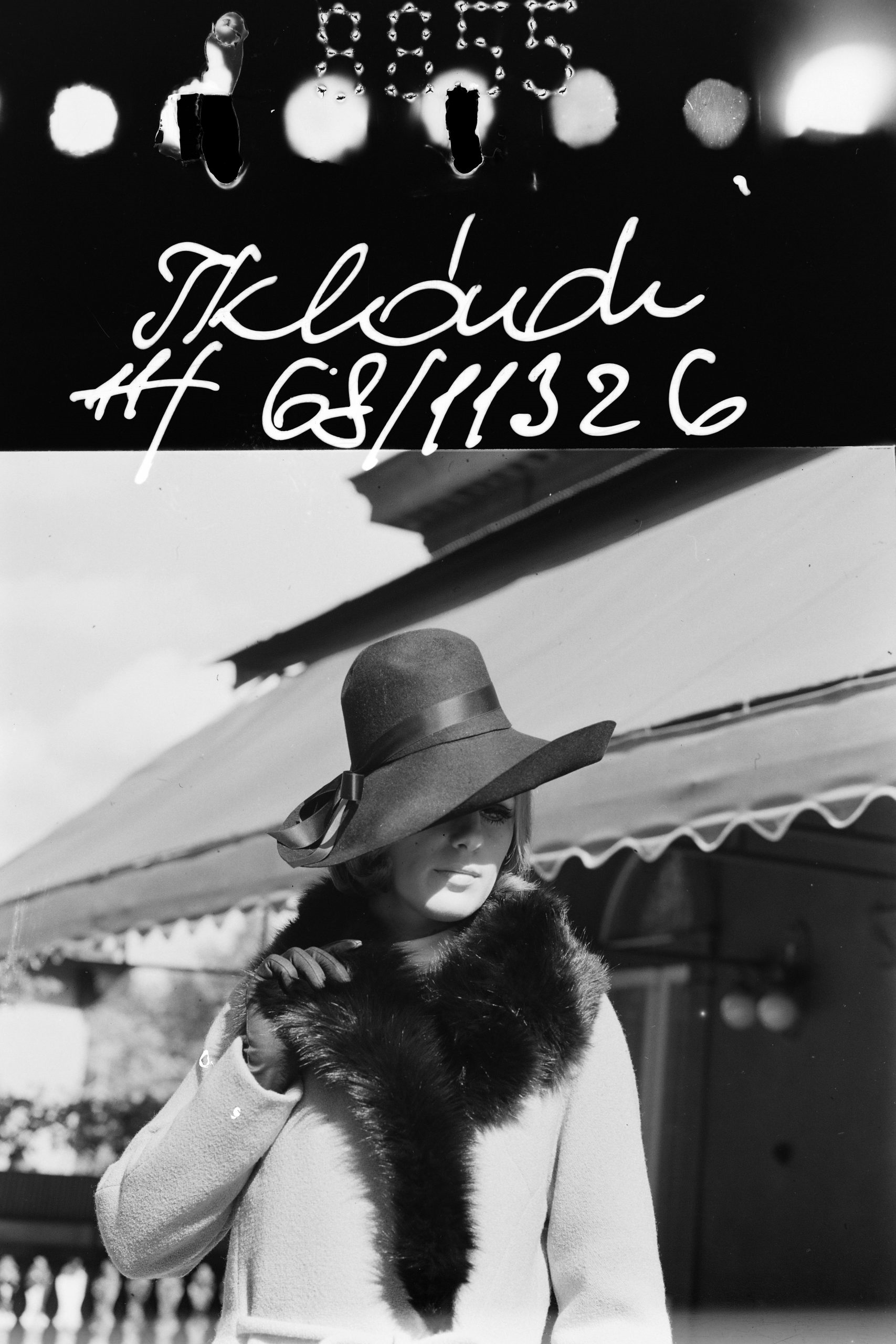
1968. Source: Fortepan / FŐFOTÓ
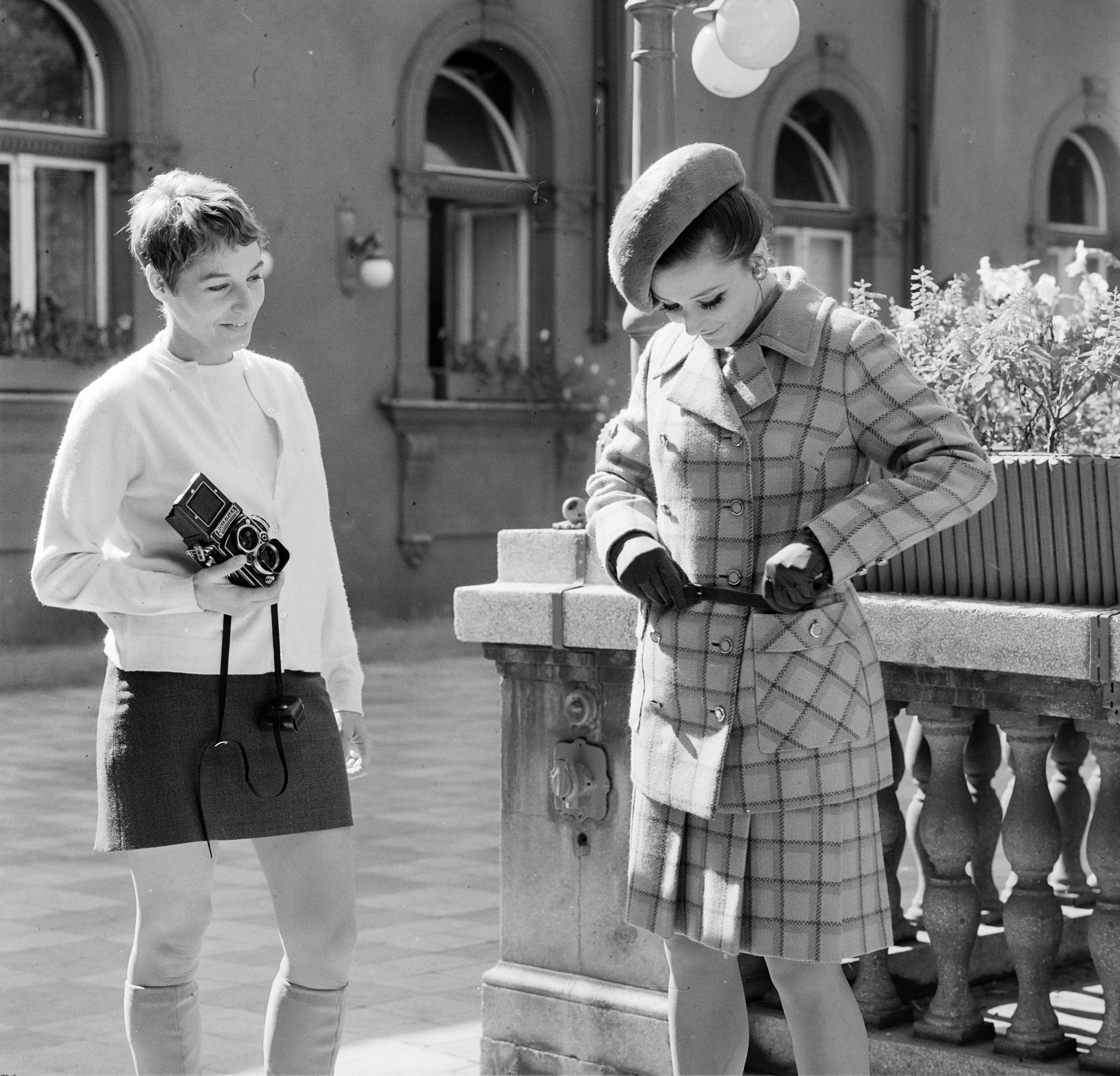
1968. Source: Fortepan / FŐFOTÓ
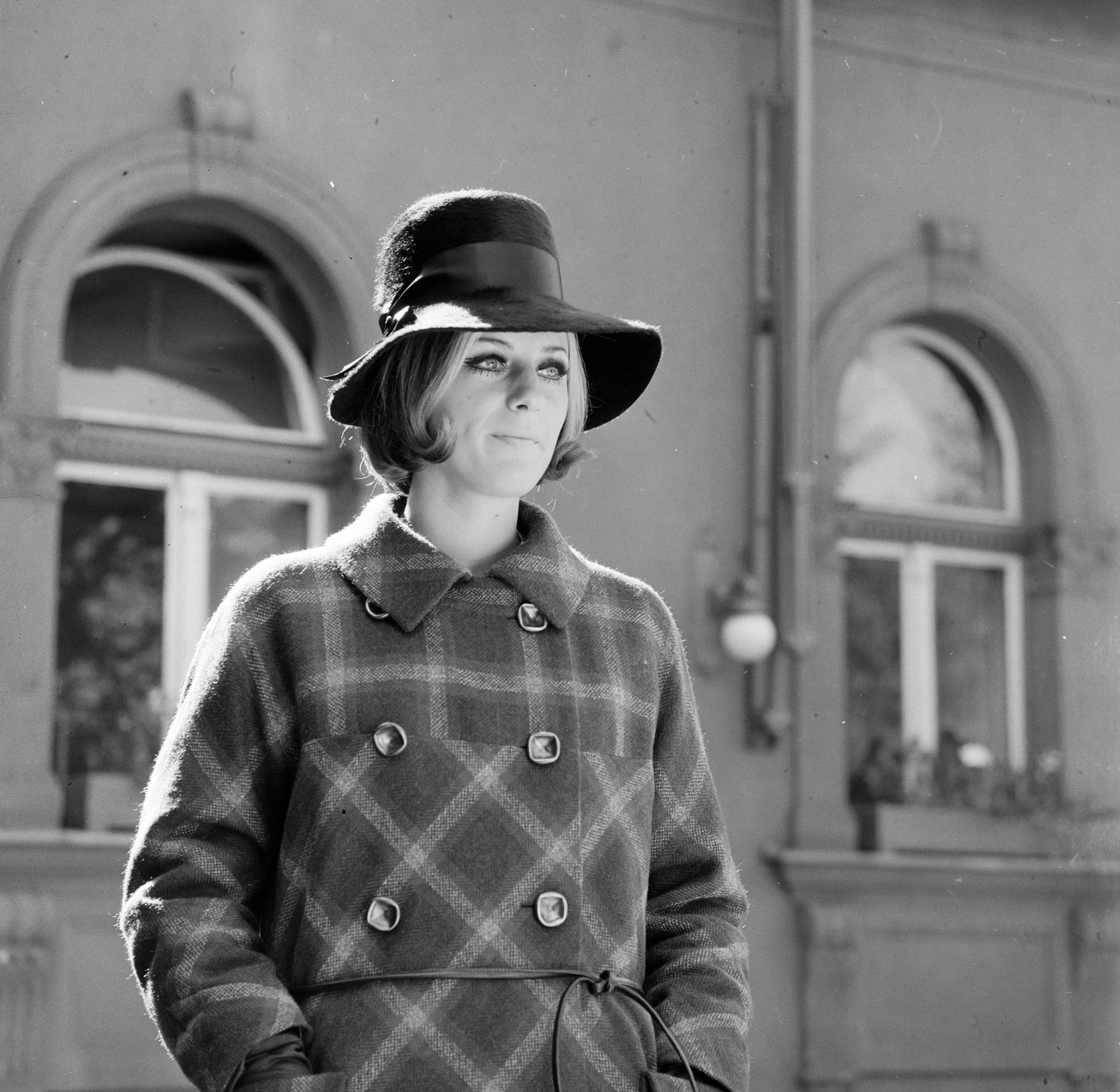
1968. Source: Fortepan / FŐFOTÓ

1968. Source: Fortepan / FŐFOTÓ
The restaurant also offers a worthy place for a wedding or an engagement. The young couple in the photo may just have come for such an occasion to the restaurant in City Park in 1967.

Source: Fortepan / Sándor Bauer
The following picture was also taken by “FŐFOTÓ.” It shows a chrome steel sculpture (or rather a fountain) made by Zsófia Kanyák, especially for the restaurant. The artist wove tapestries during her first two years of study and later worked as a glass artist in Paris from 1968, and designed several pieces of furniture in her final months there. After her studies, she worked as a designer in the “Öblös” glass factory in Salgótarján and from 1972 in the Rosenthal studio in Selb. Lamps dominated in the first phase of her work, but for Rosenthal, she designed not only glass but also tableware and decorative vessels made of ceramics. Organic motifs and functional forms form a harmonious unity in her elegant objects. The work by Kanyák exhibited in the Gundel Garden looks very modern for a sculpture from the late sixties.
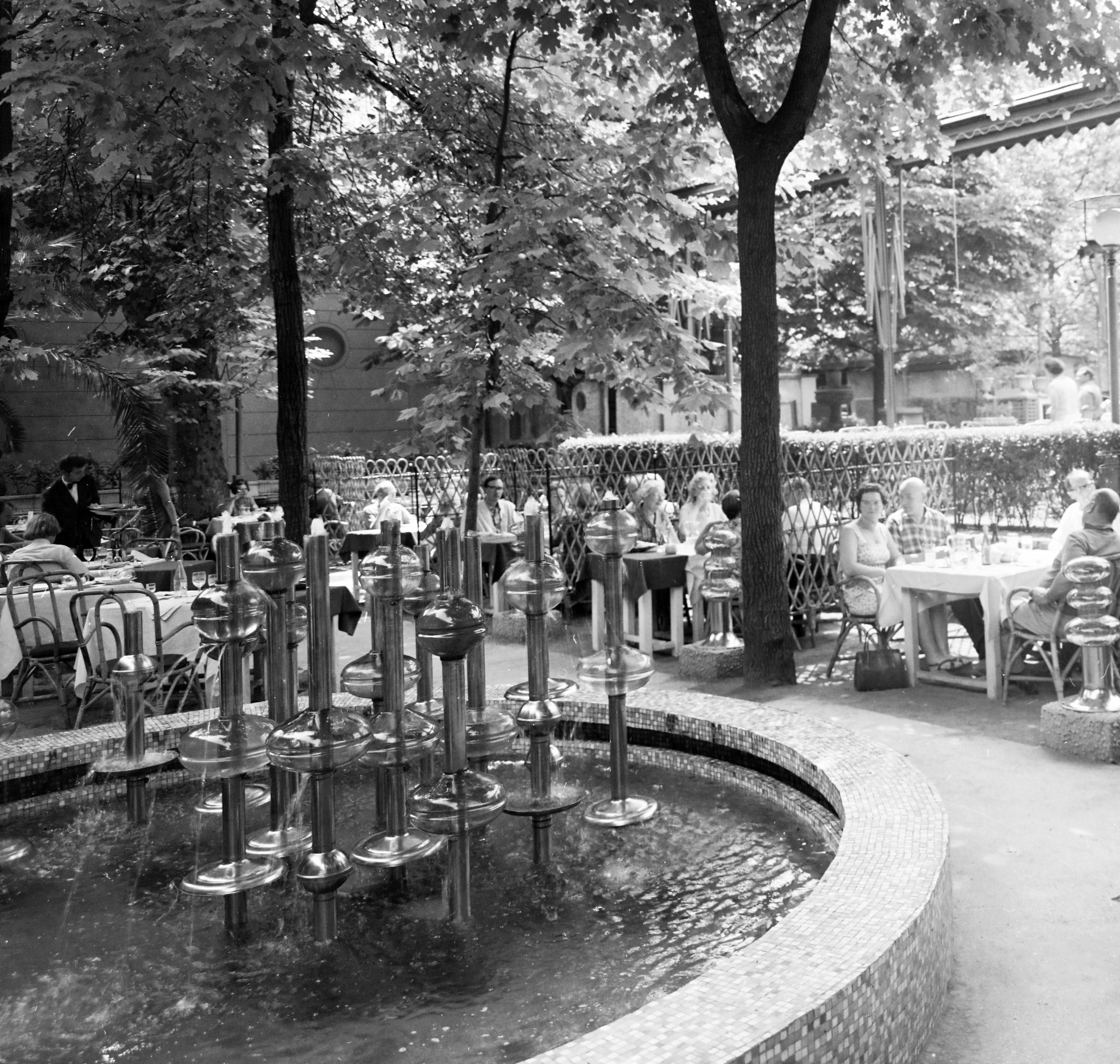
Gundel Restaurant, garden. Zsófia Kanyák’s chrome-steel fountain with a pool decorated with glass mosaics. Source: Fortepan / FŐFOTÓ
The life of waiters and cooks is not easy. Especially in a place where the owners maintain high standards of quality. The following pictures show students at work or during an exam at the Gundel. We are already in 1985.
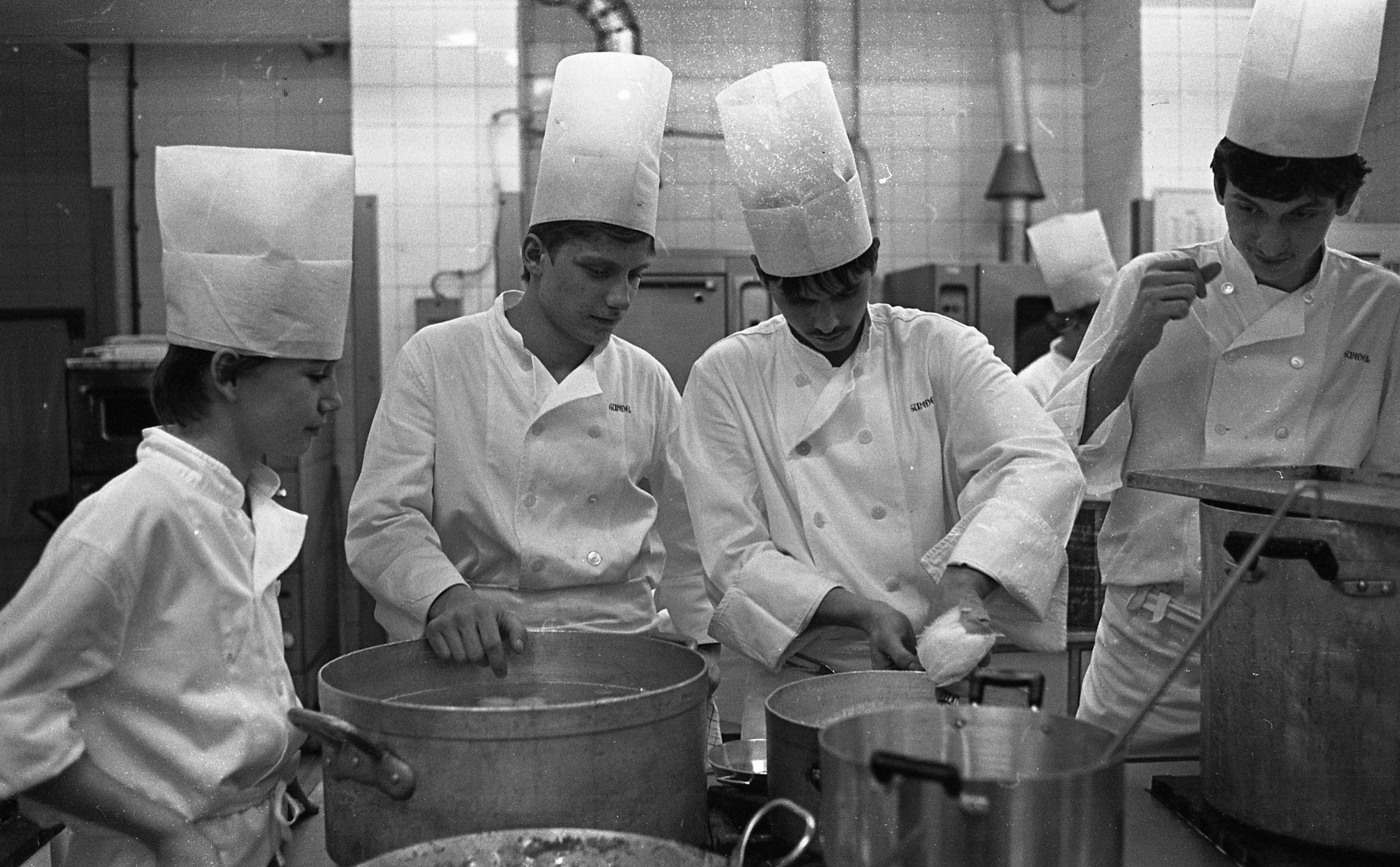
Waiter’s examination in 1985. Source: Fortepan / Tamás Urbán
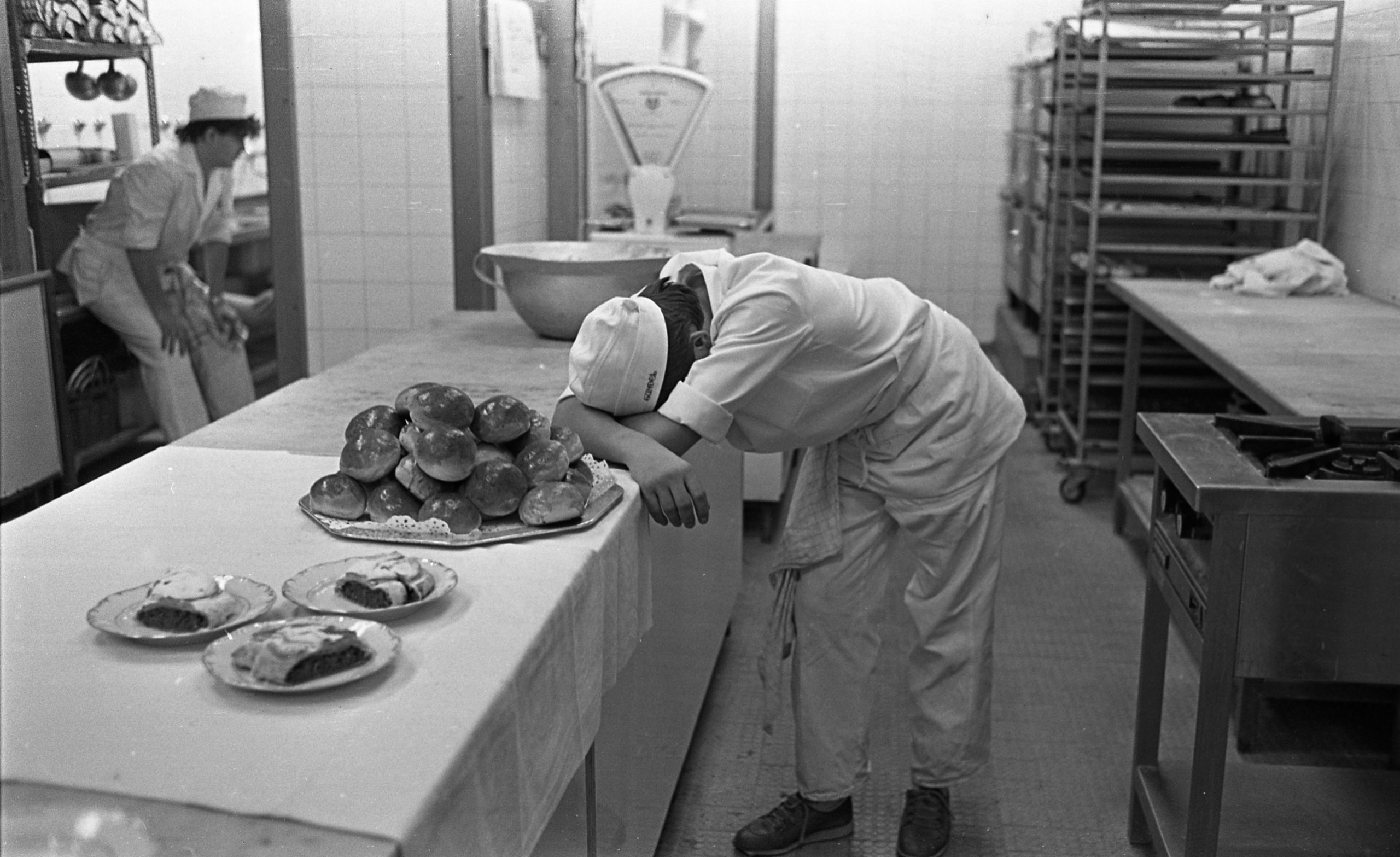
Waiter’s examination in 1985. Source: Fortepan / Tamás Urbán
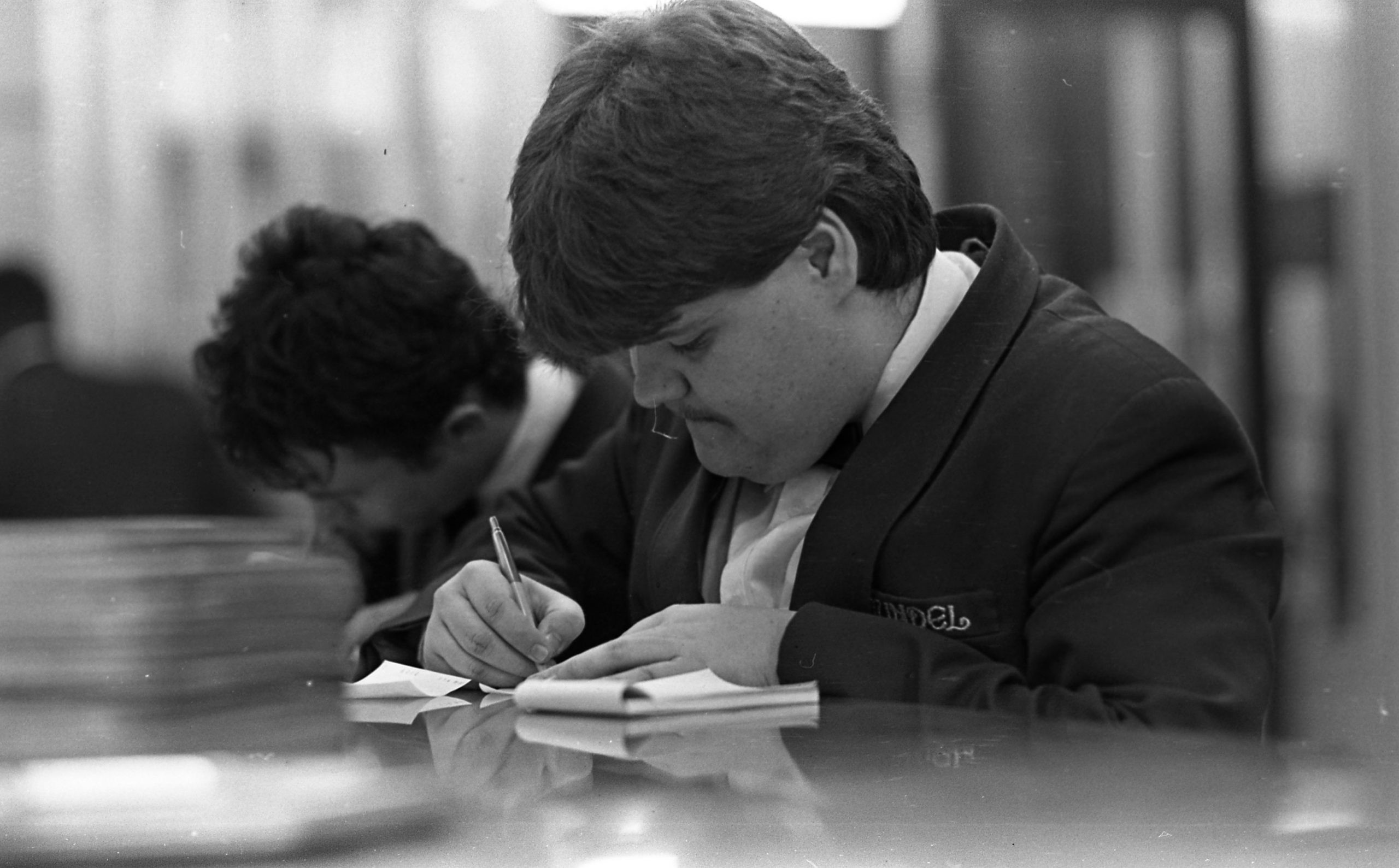
Waiter’s examination in 1985. Source: Fortepan / Tamás Urbán
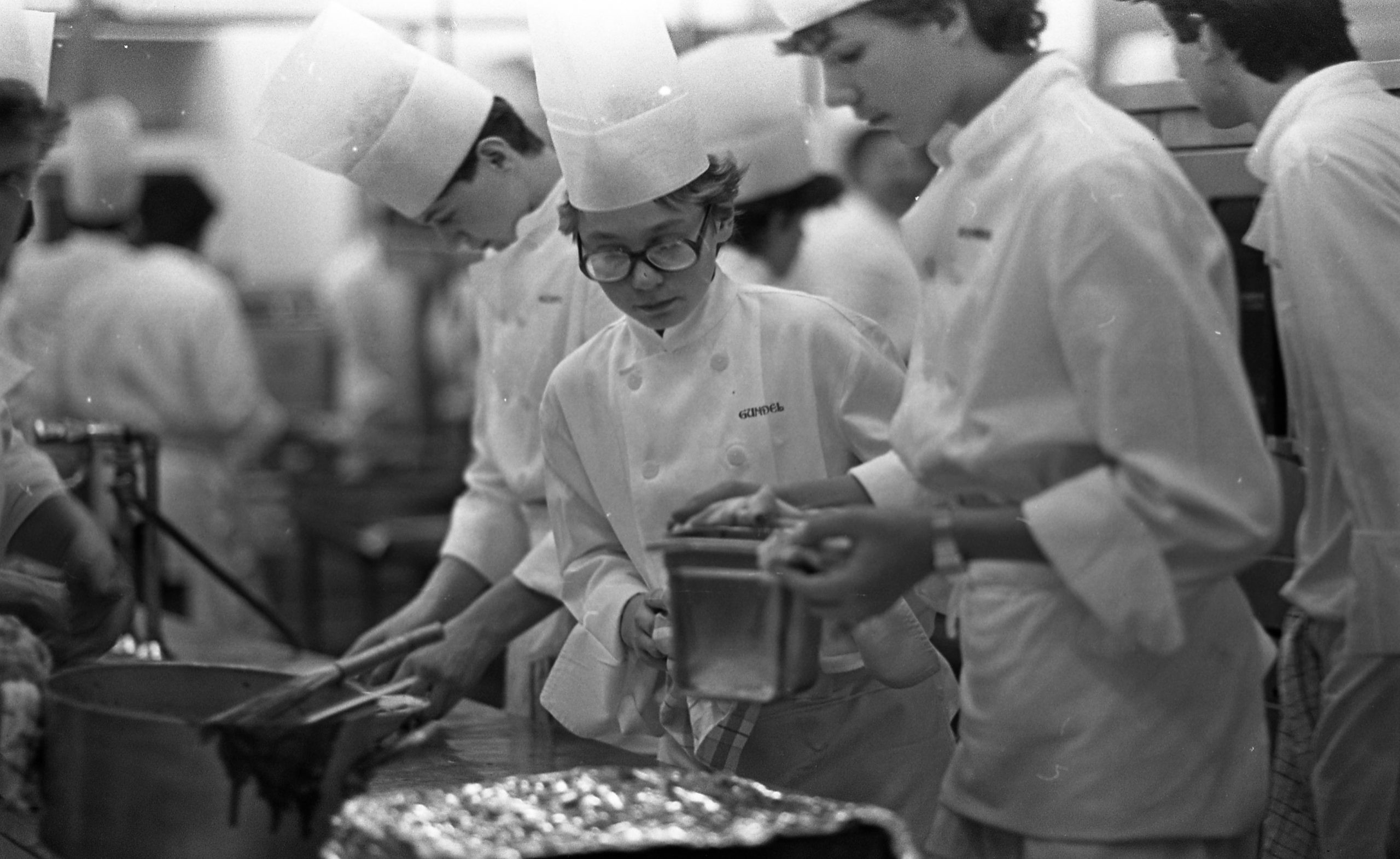
Waiter’s examination in 1985. Source: Fortepan / Tamás Urbán
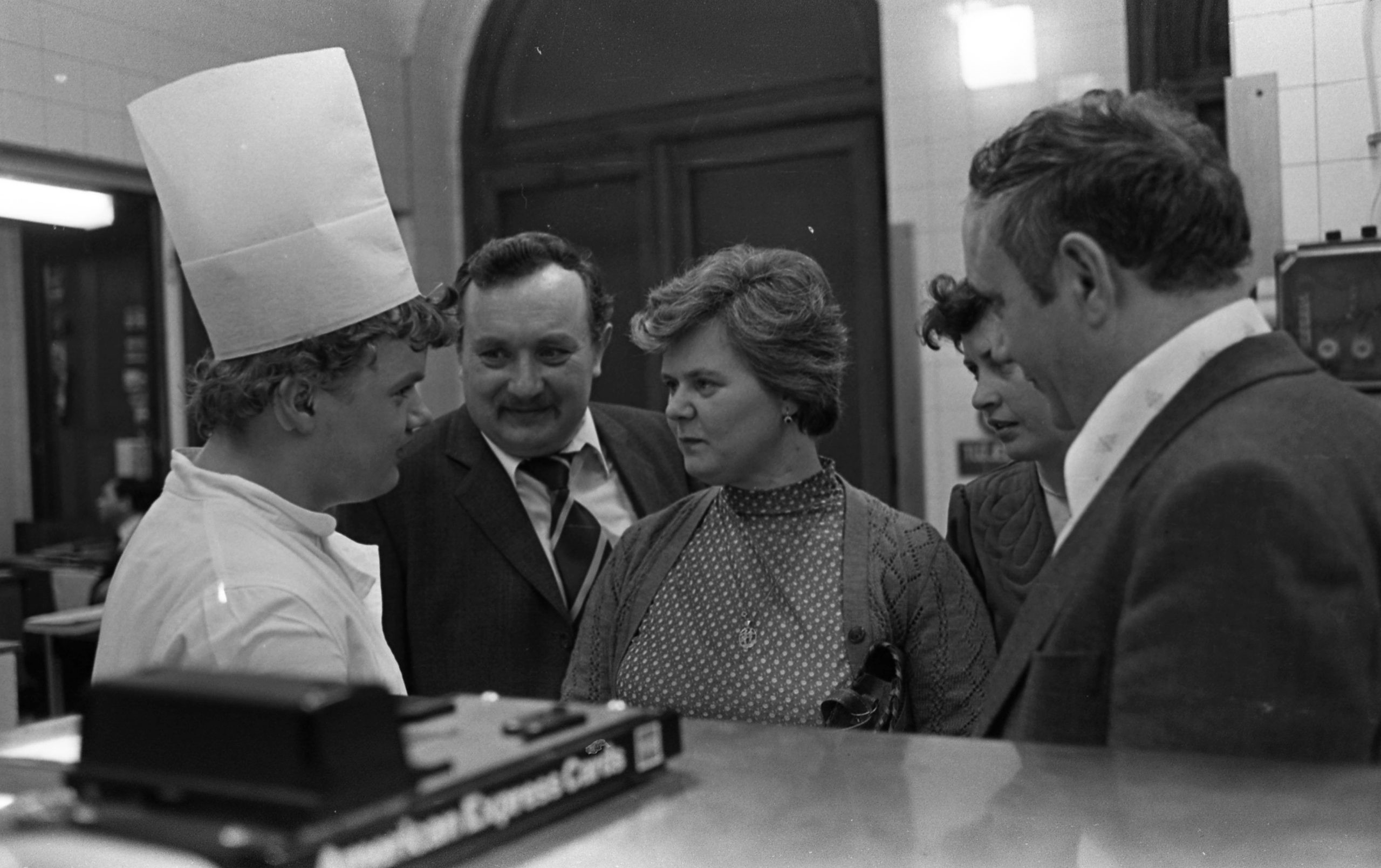
Waiter’s examination in 1985. Source: Fortepan / Tamás Urbán
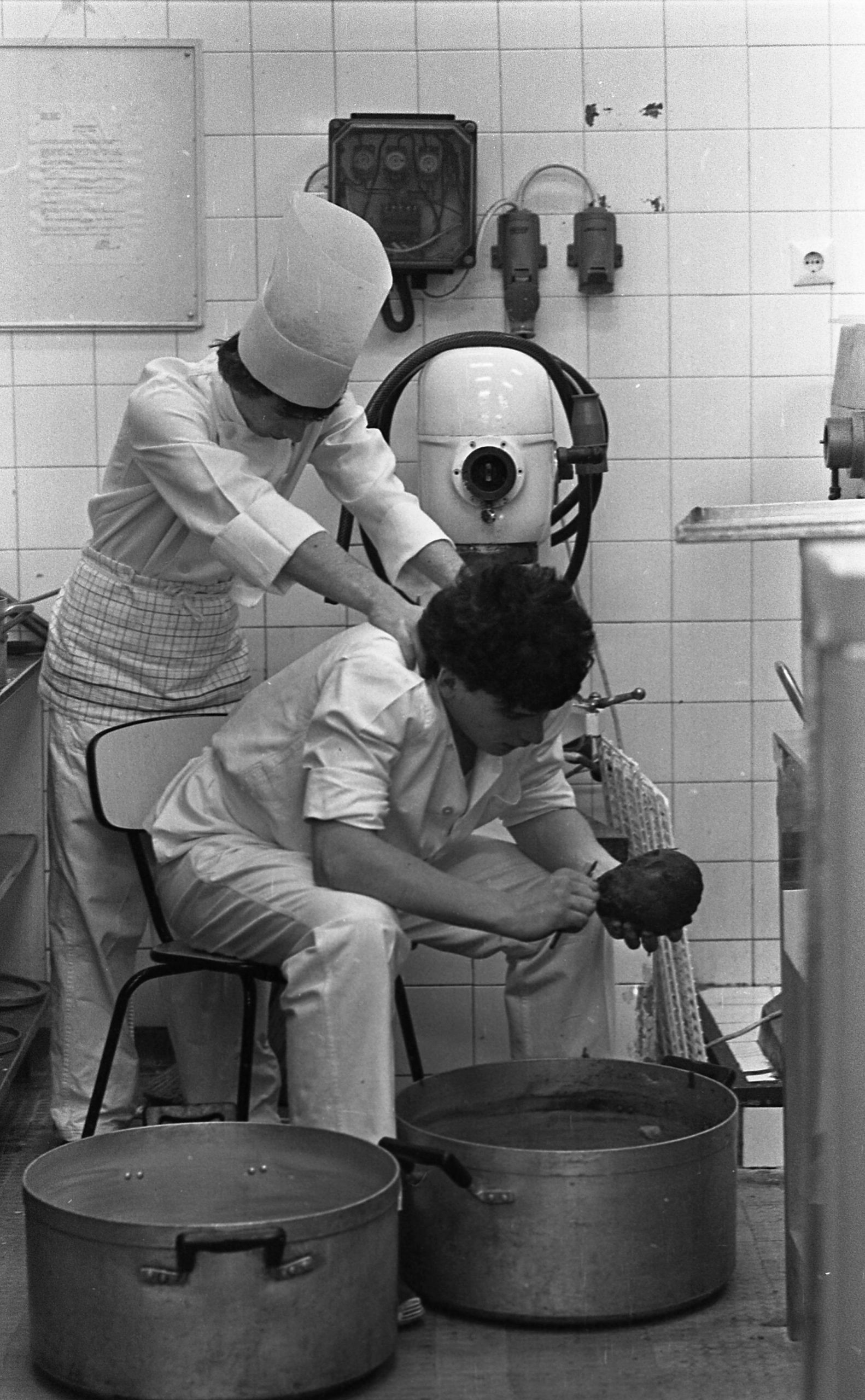
Waiter’s examination in 1985. Source: Fortepan / Tamás Urbán
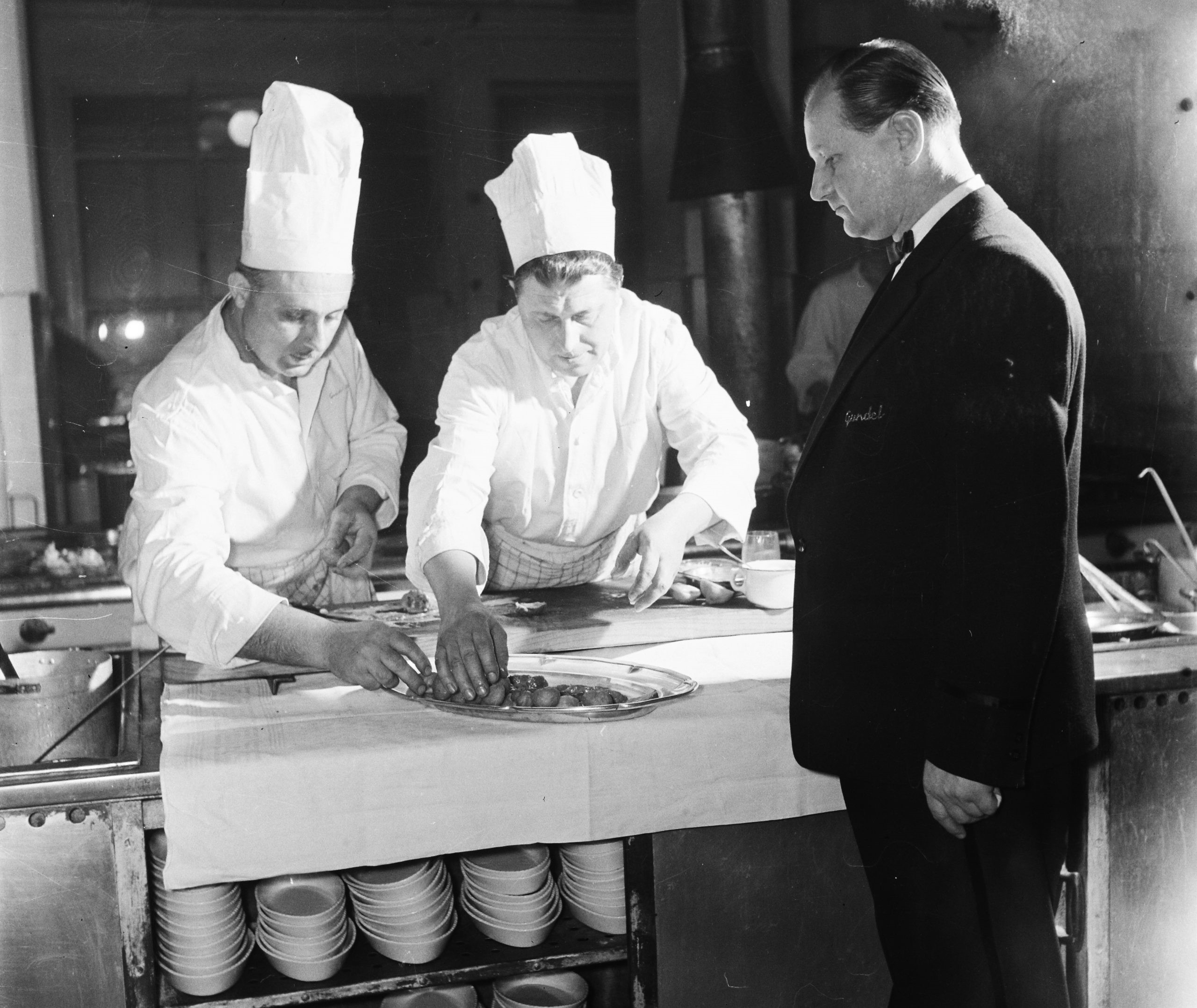
Waiter’s examination in 1985. Source: Fortepan / Tamás Urbán
Another gem at the Gundel is the white and gold, rococo-style Queen Elizabeth Ballroom with its Venetian chandeliers. Fortepan, Nagy Ilona, Gundel 1951. Externally, not much has changed at Gundel. Although it has been renovated several times over the decades, the style and atmosphere have always remained the same.
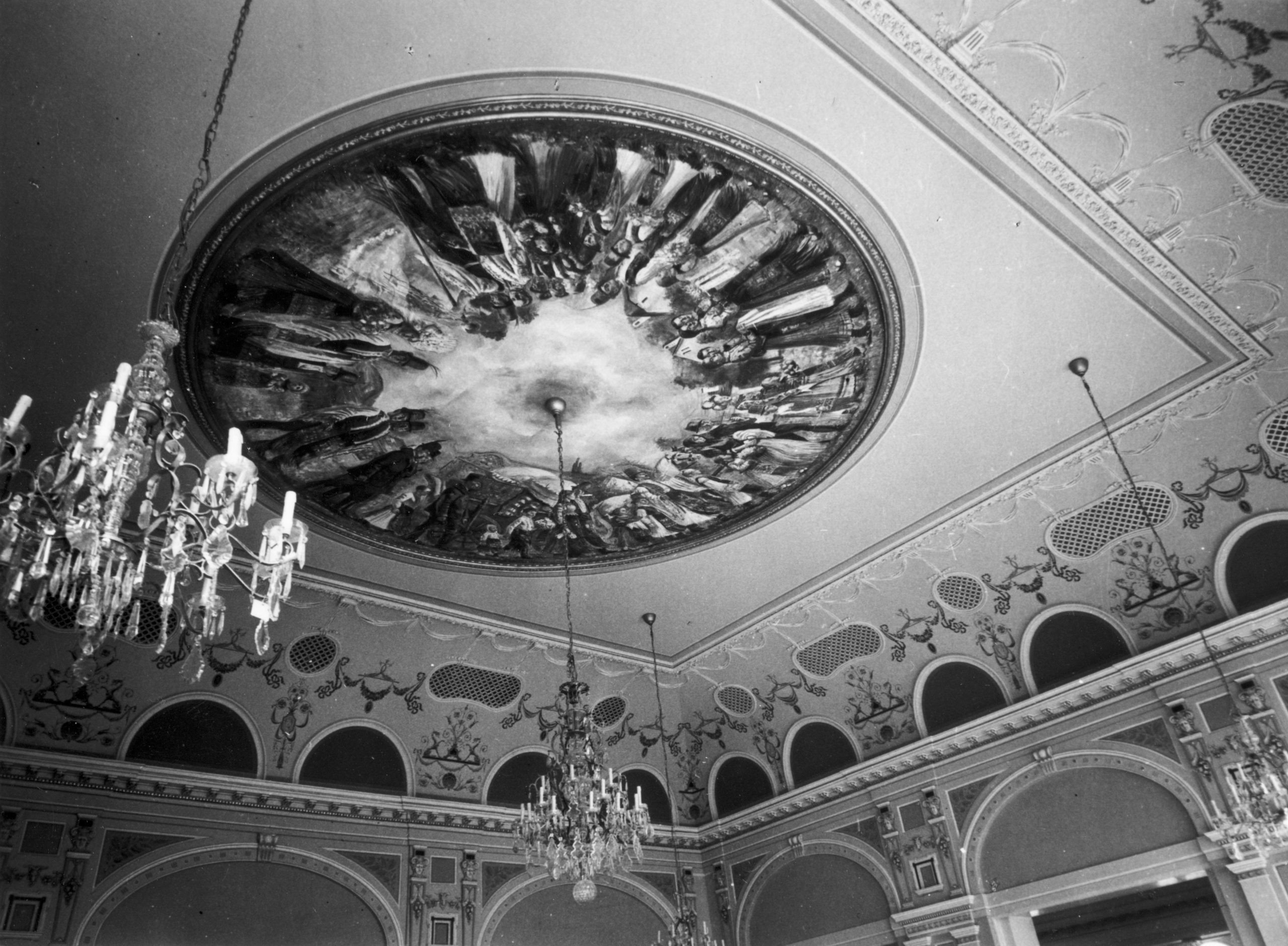
1951. Source: Fortepan / Nagy Ilona
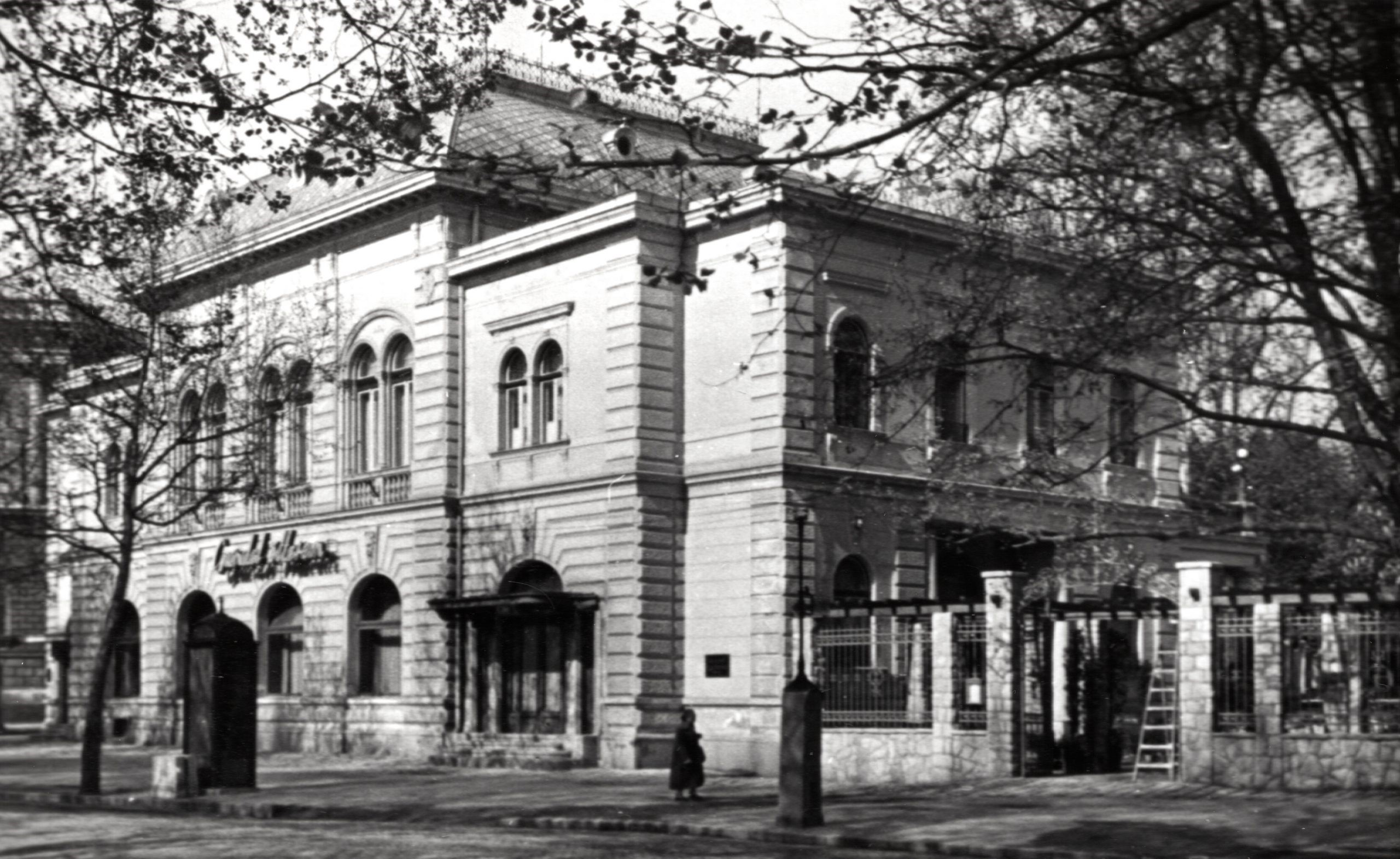
1951. Source: Fortepan / Nagy Ilona
“Gundel by night.” Budapest’s neon signs used to be very fashionable, but today they still remind us of a past with a special atmosphere and evoke fond memories.

1951. Source: Fortepan / Nagy Ilona
Photos: Fortepan
Featured image via Fortepan / Sándor Bauer 1957